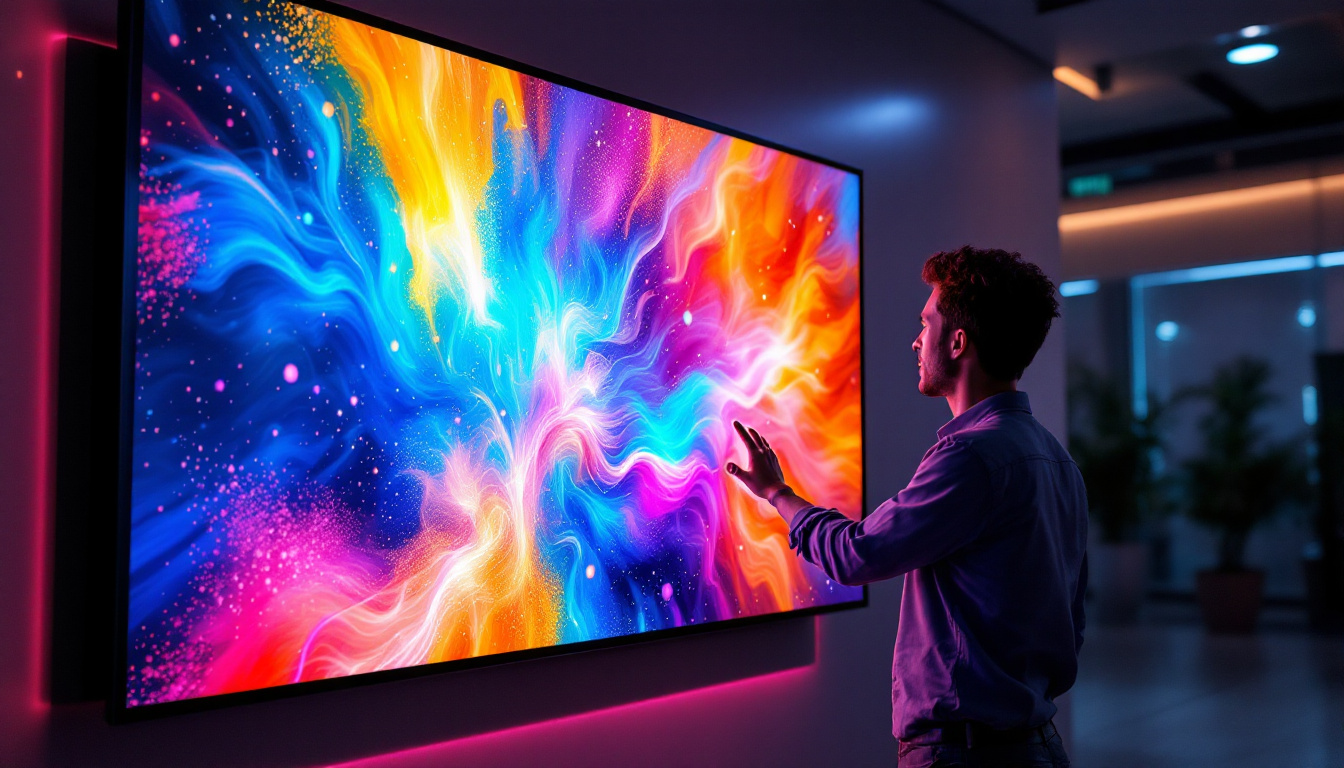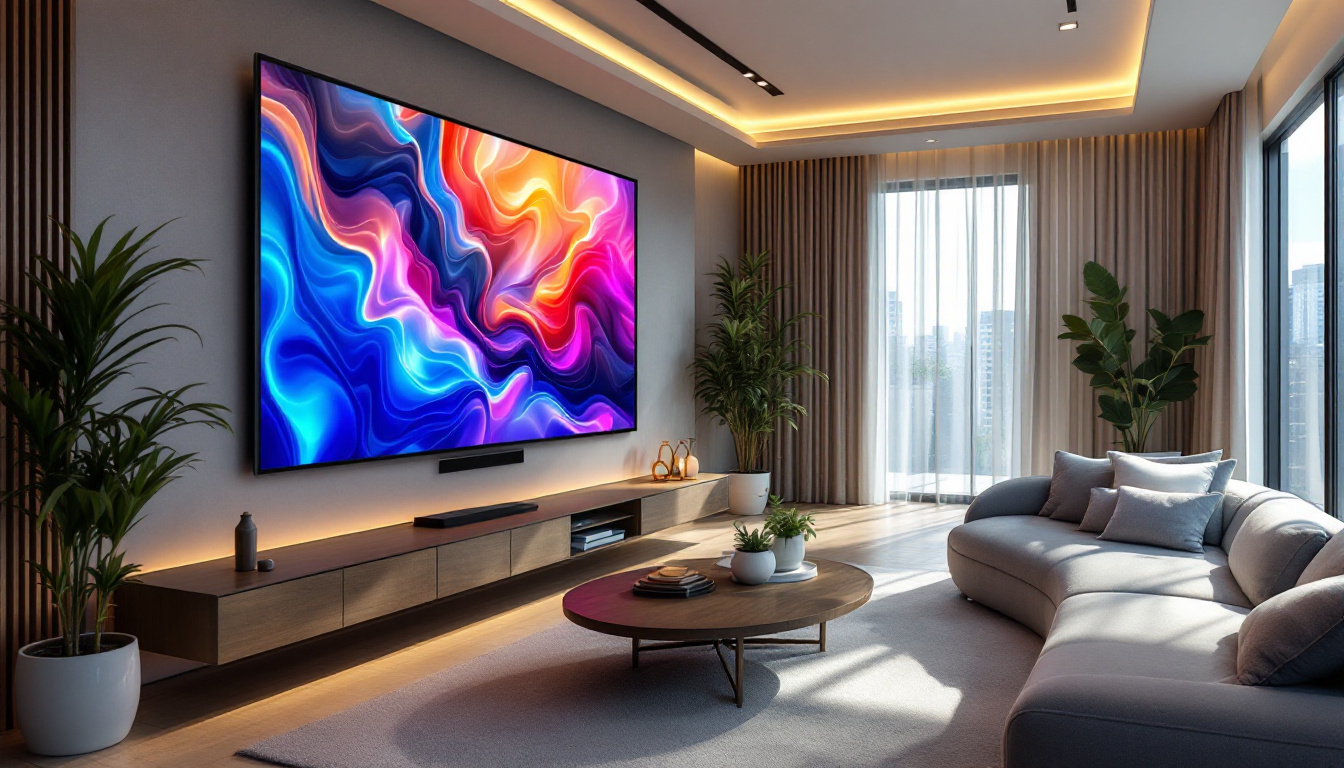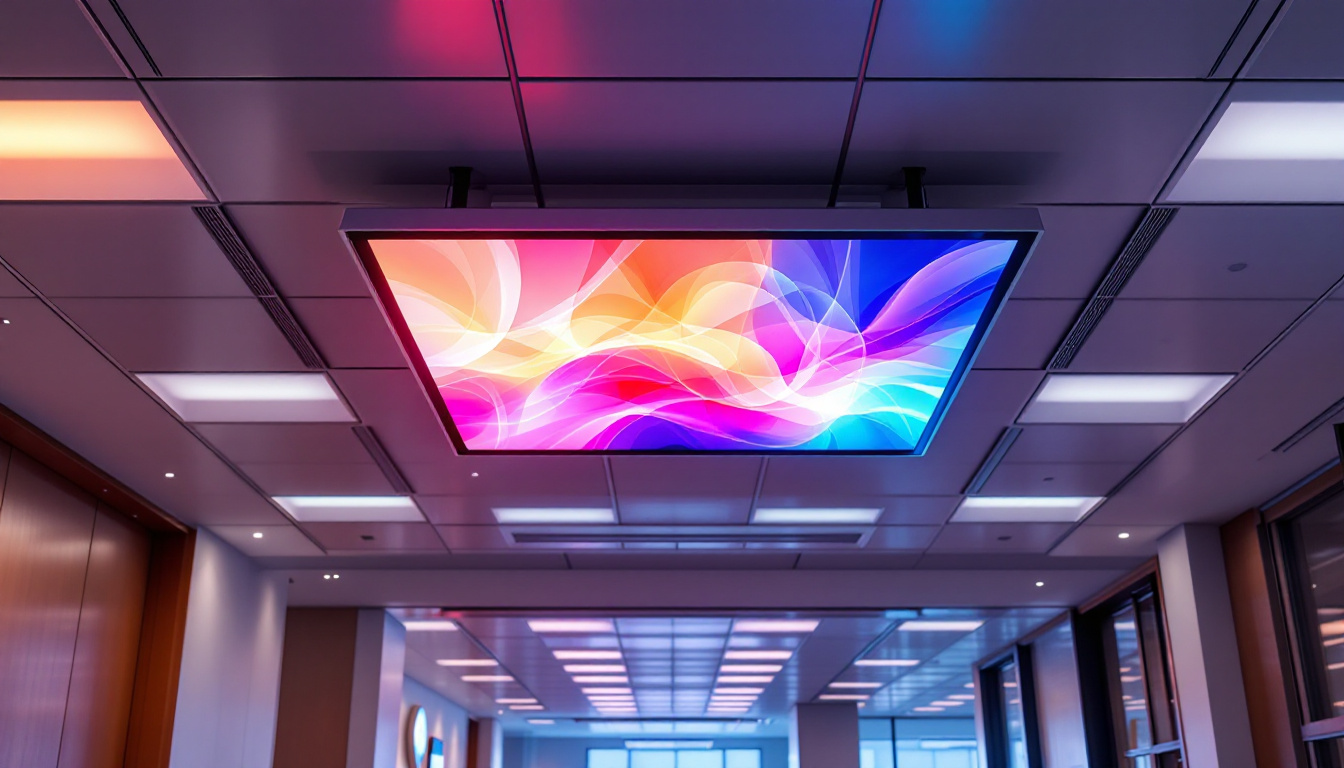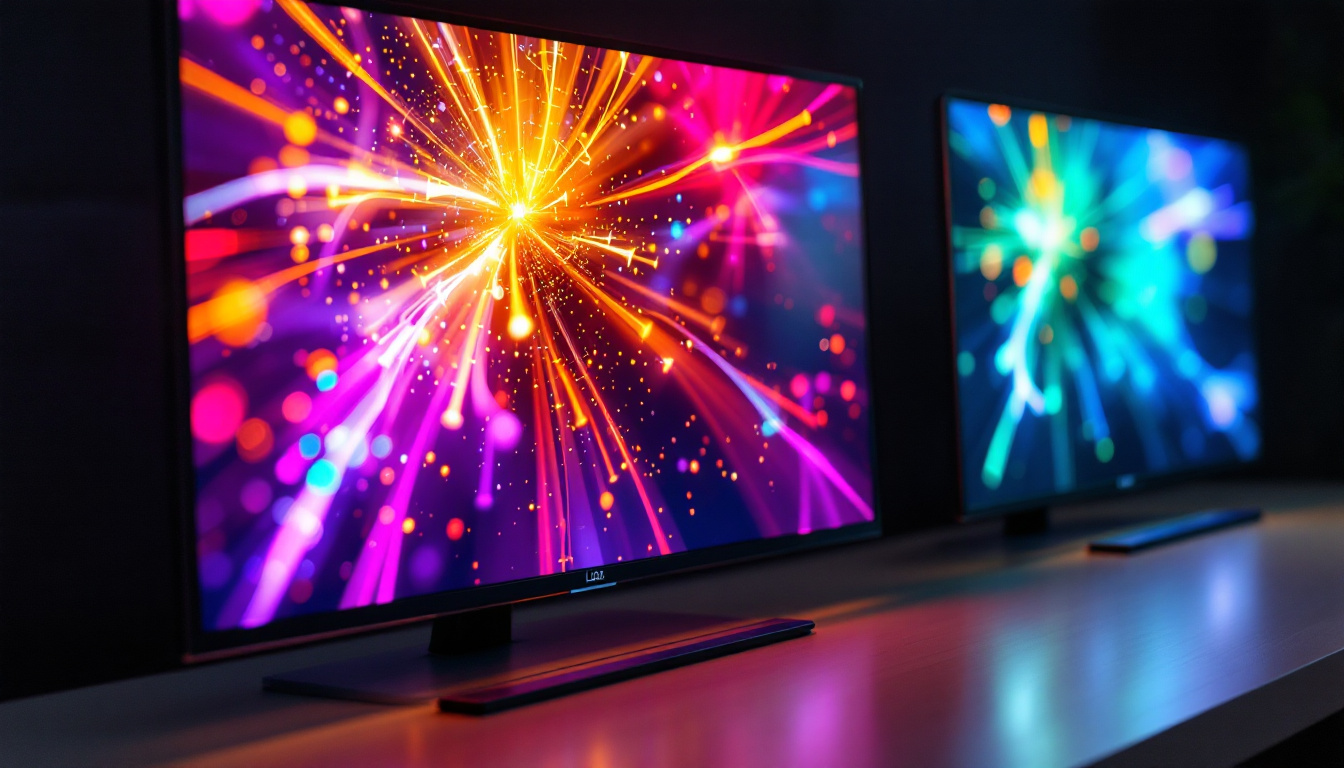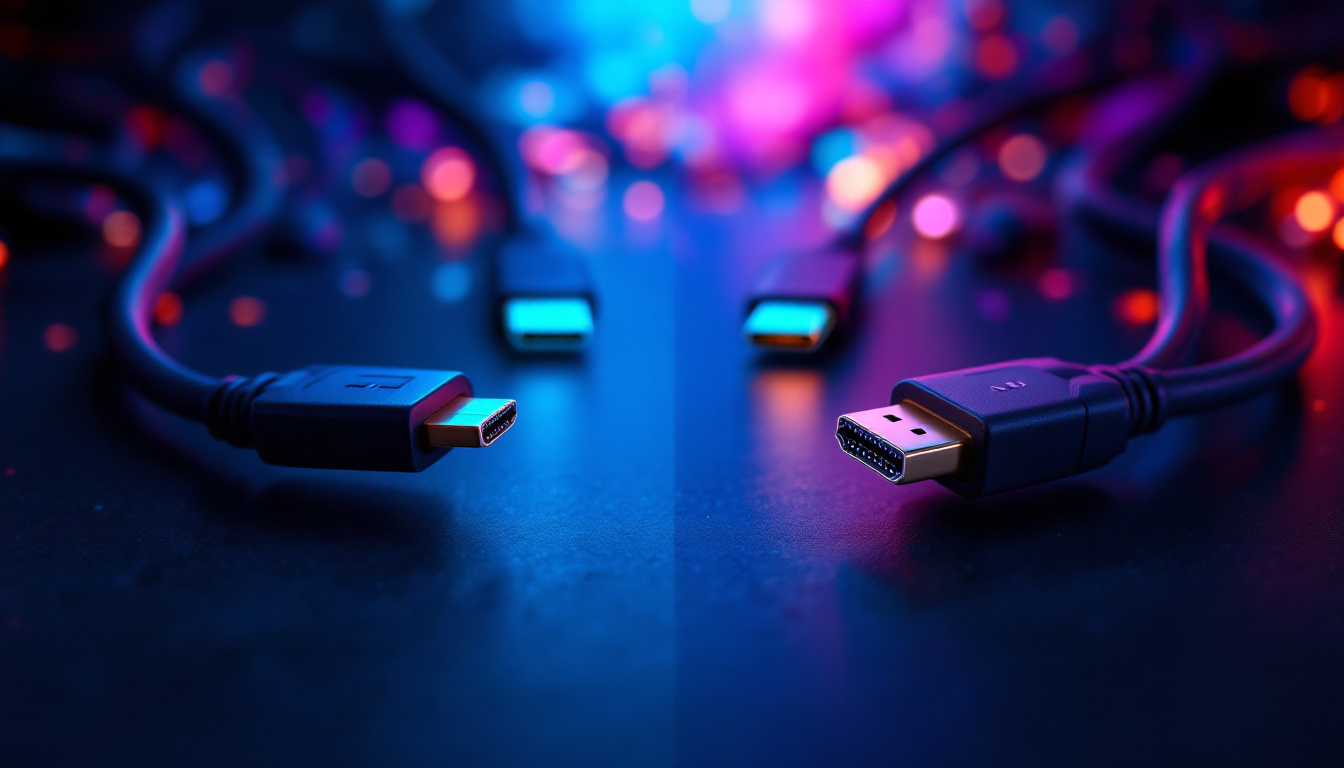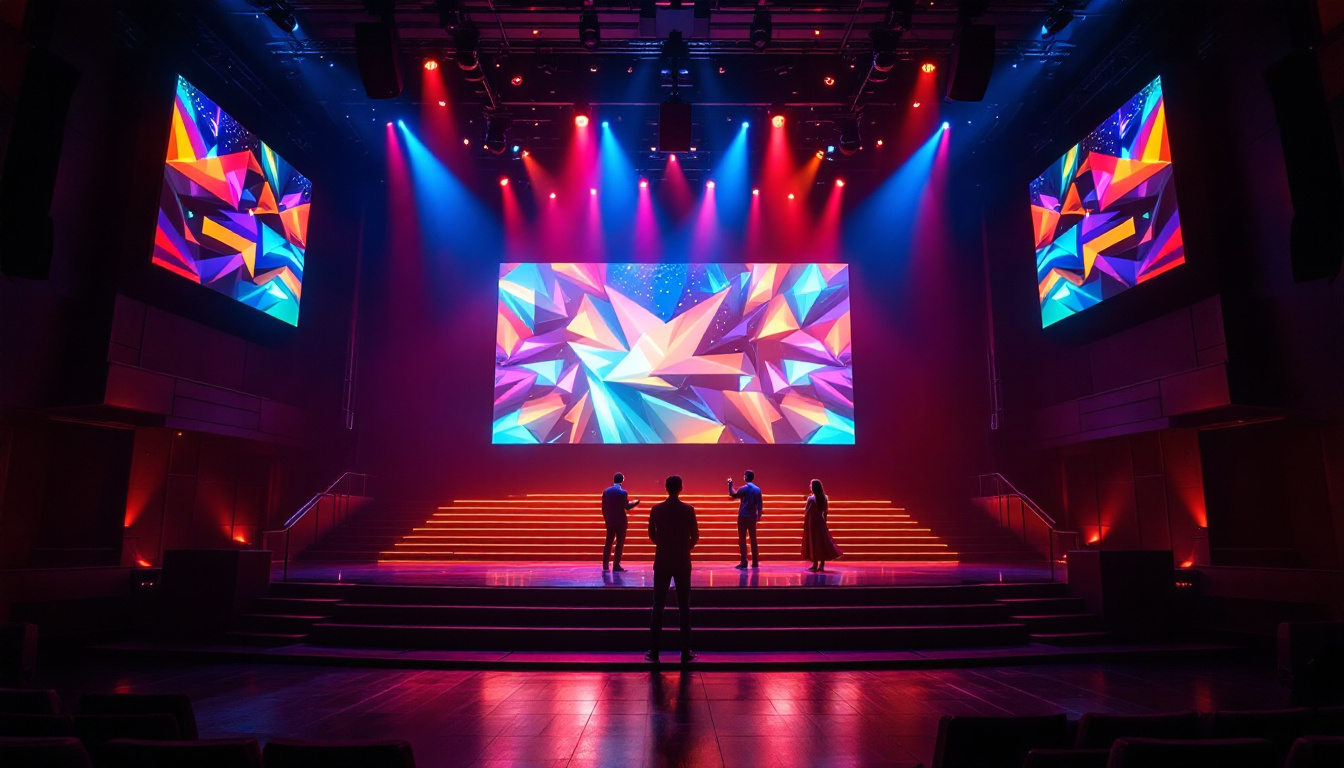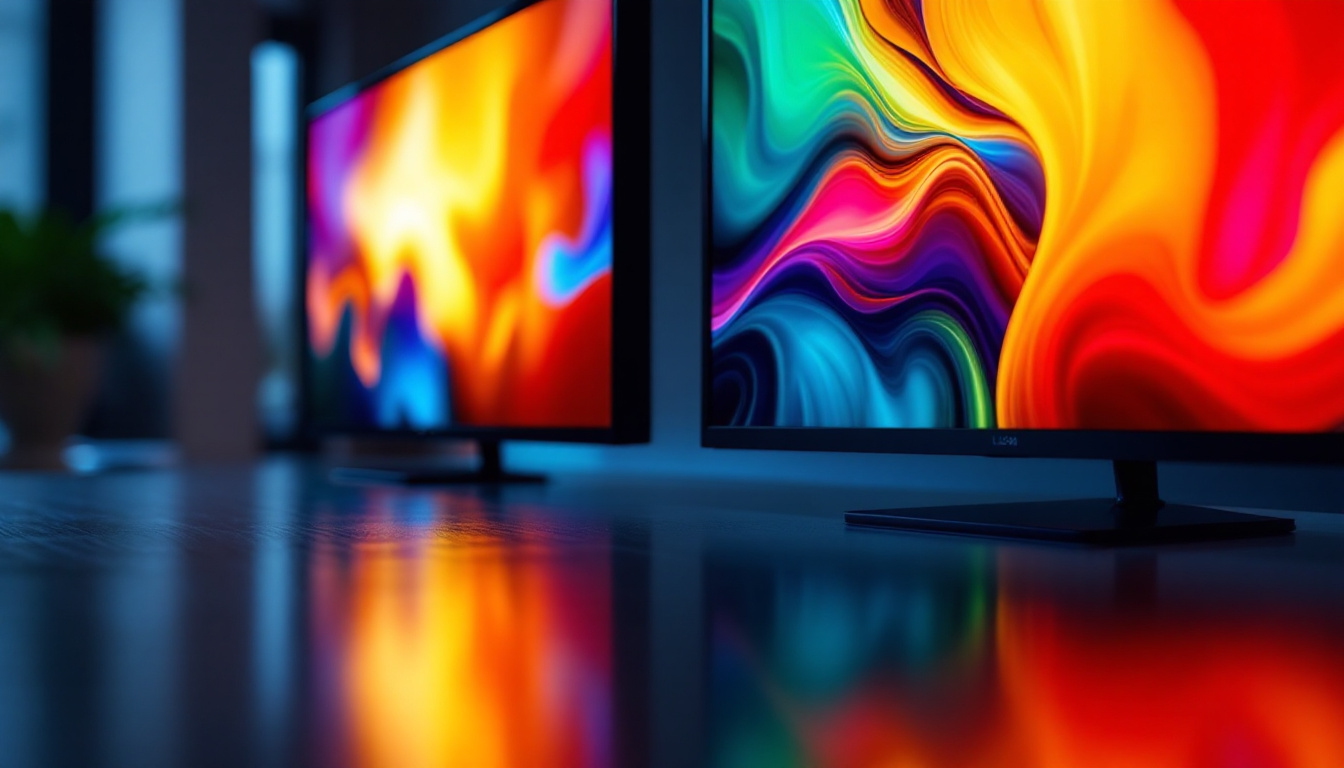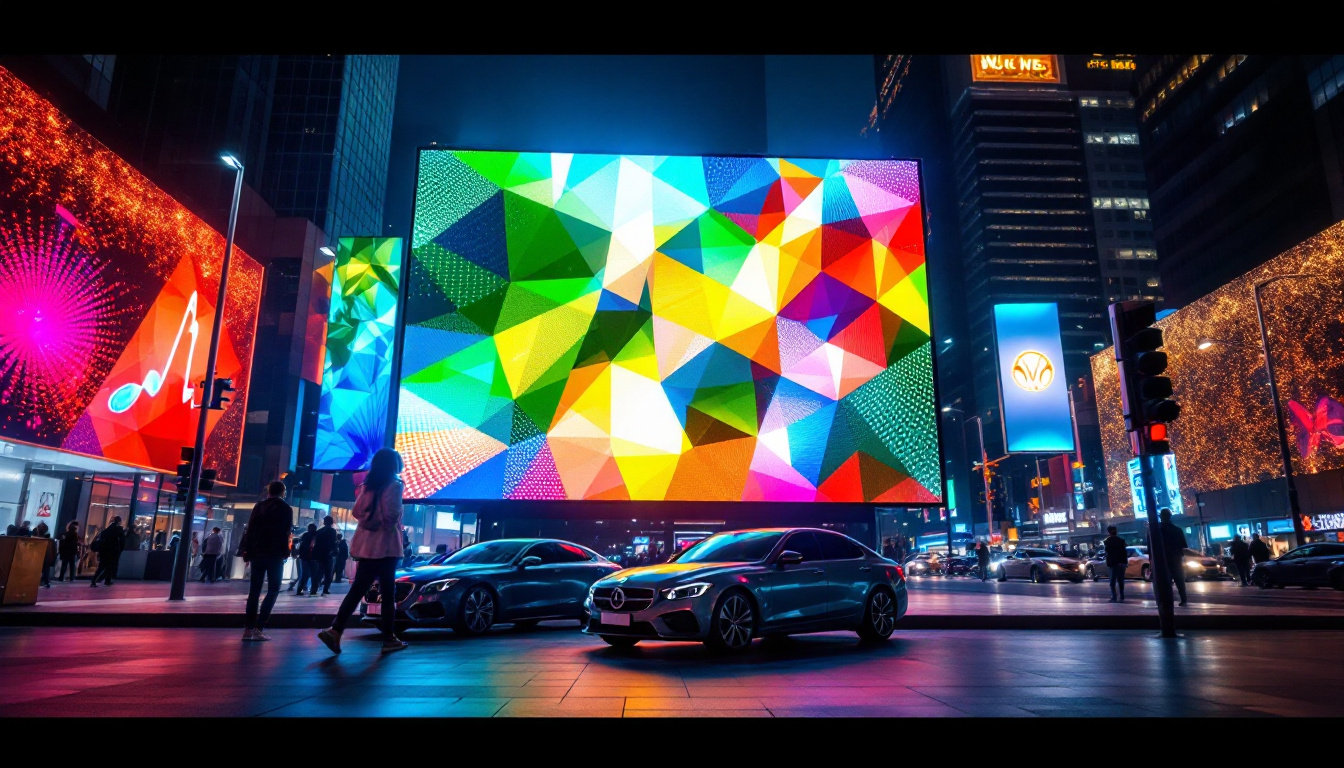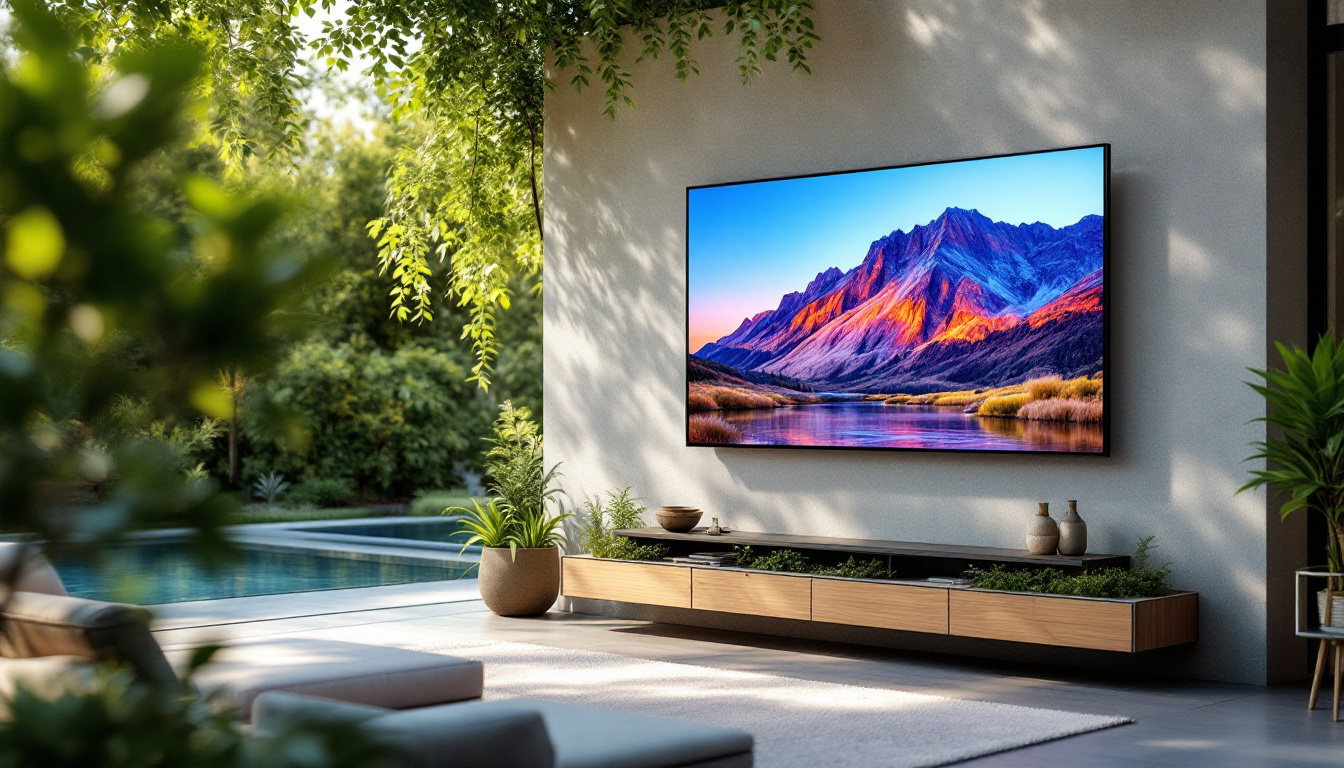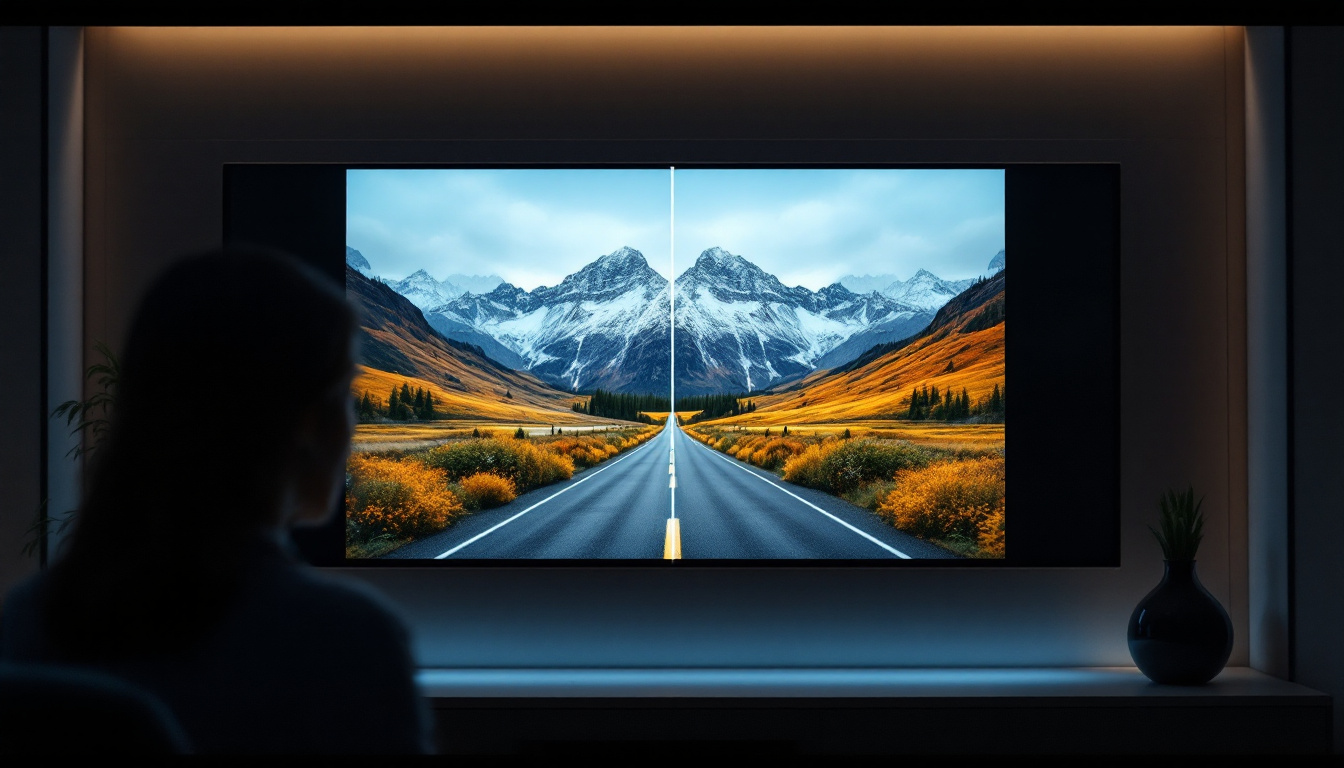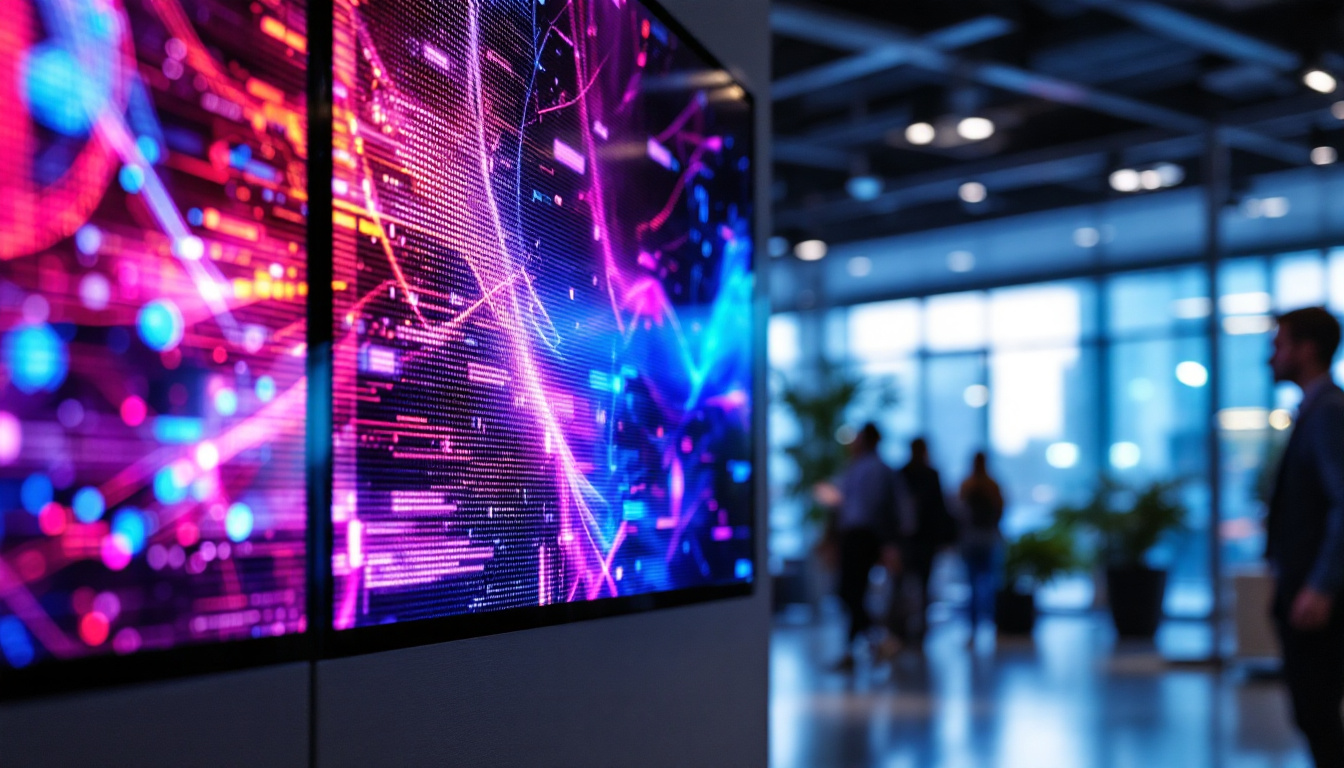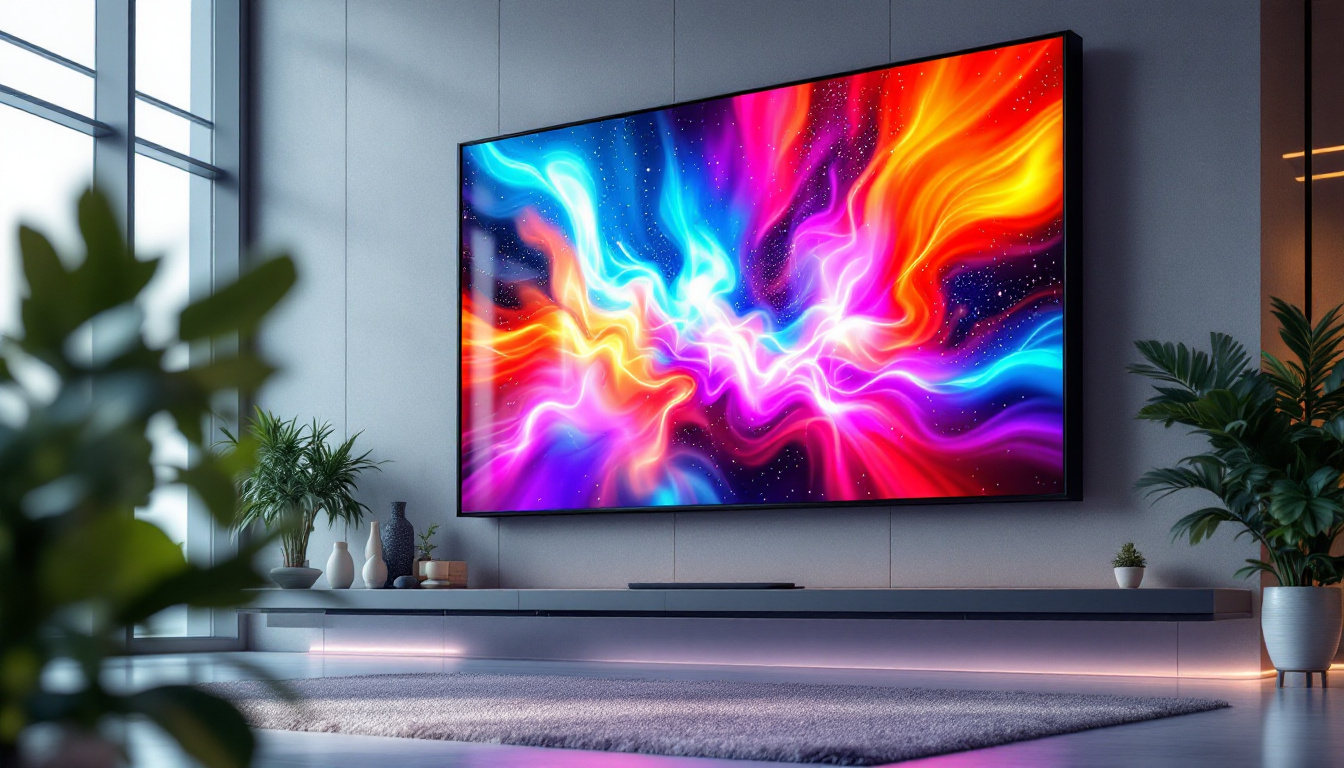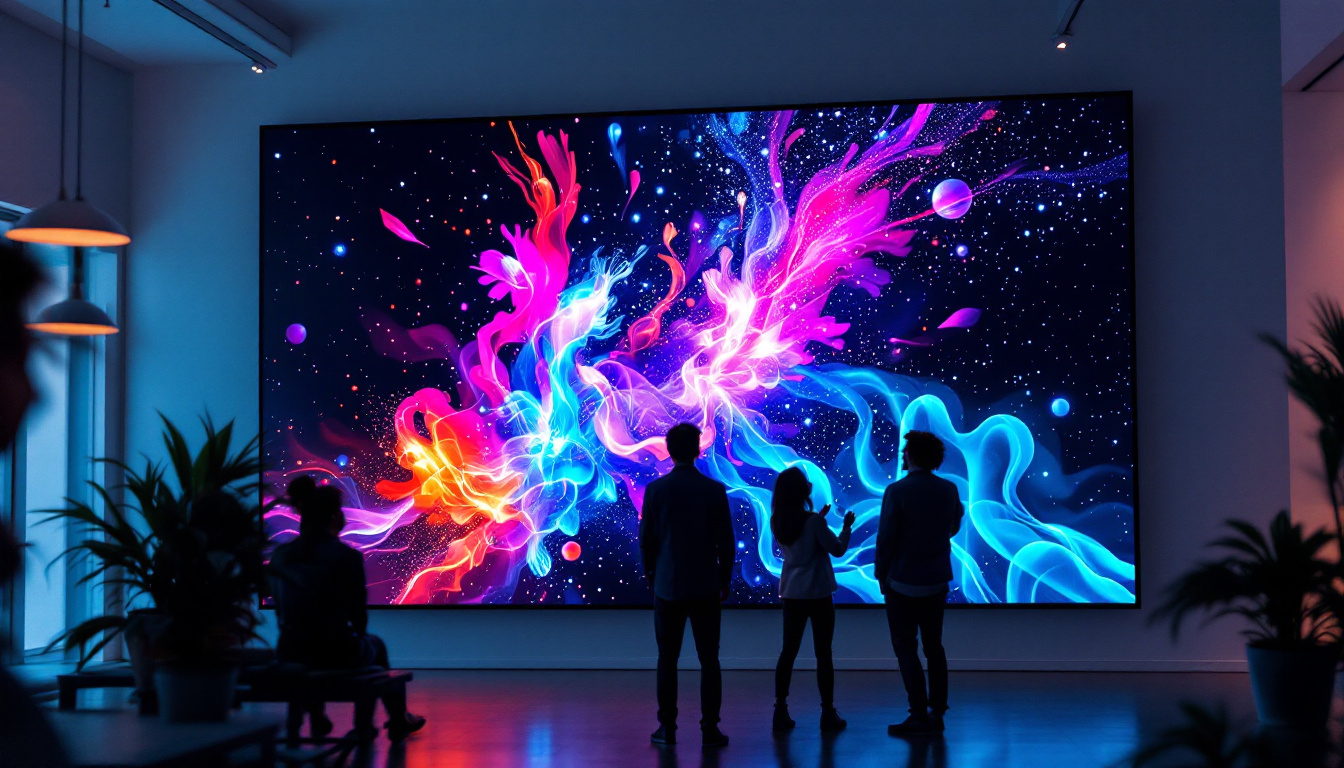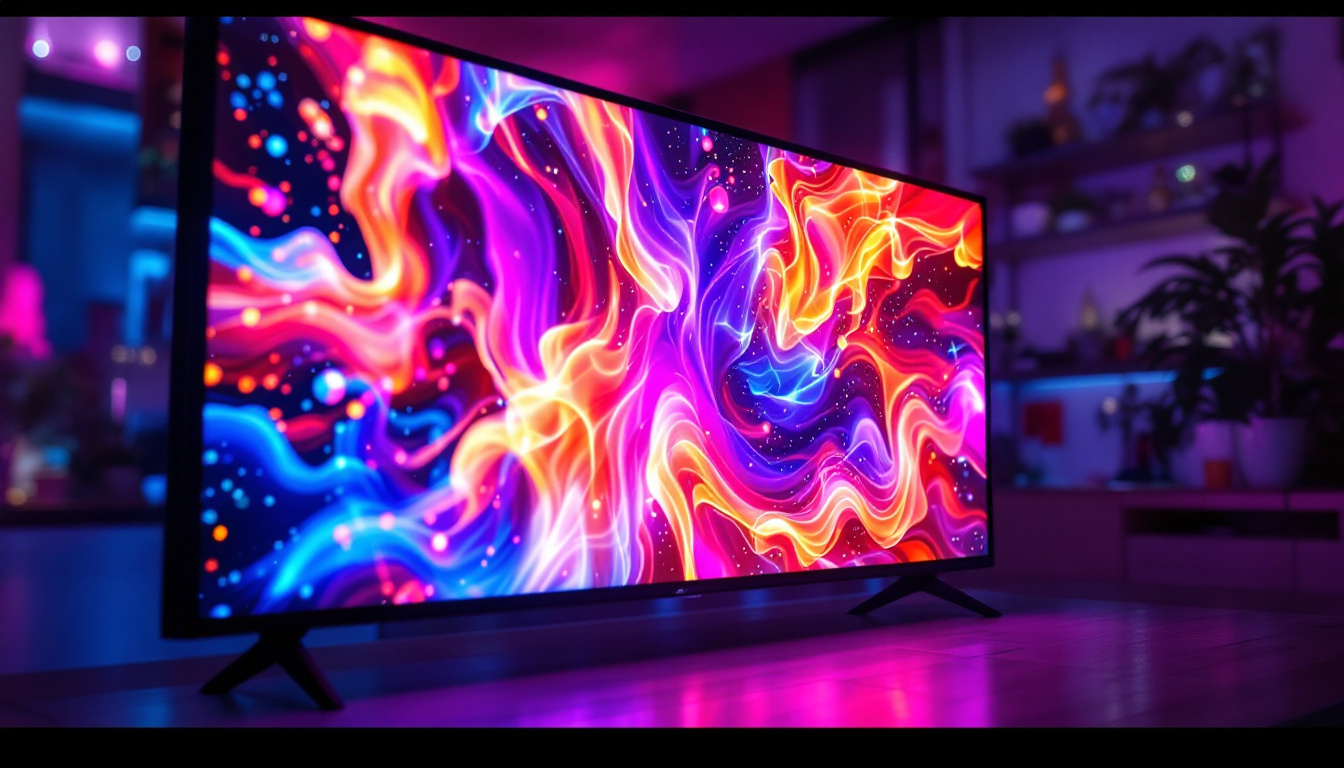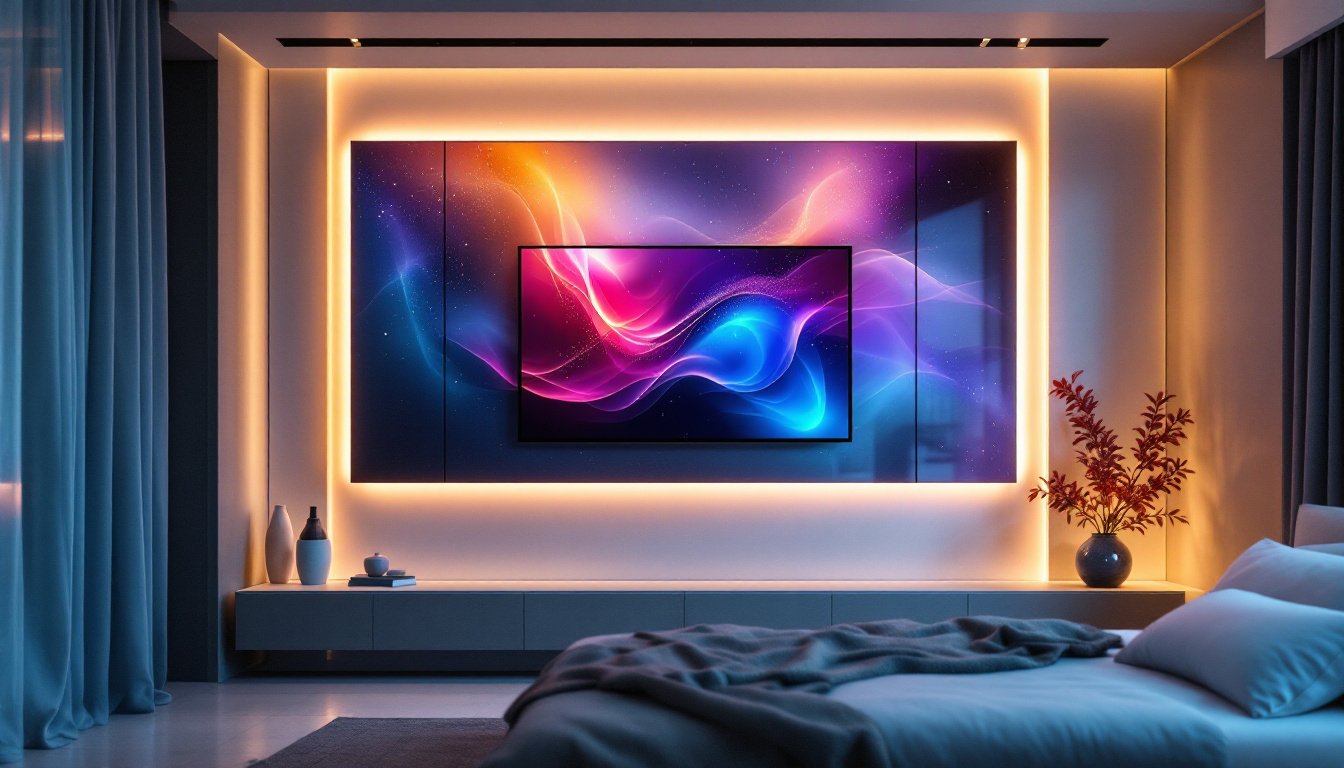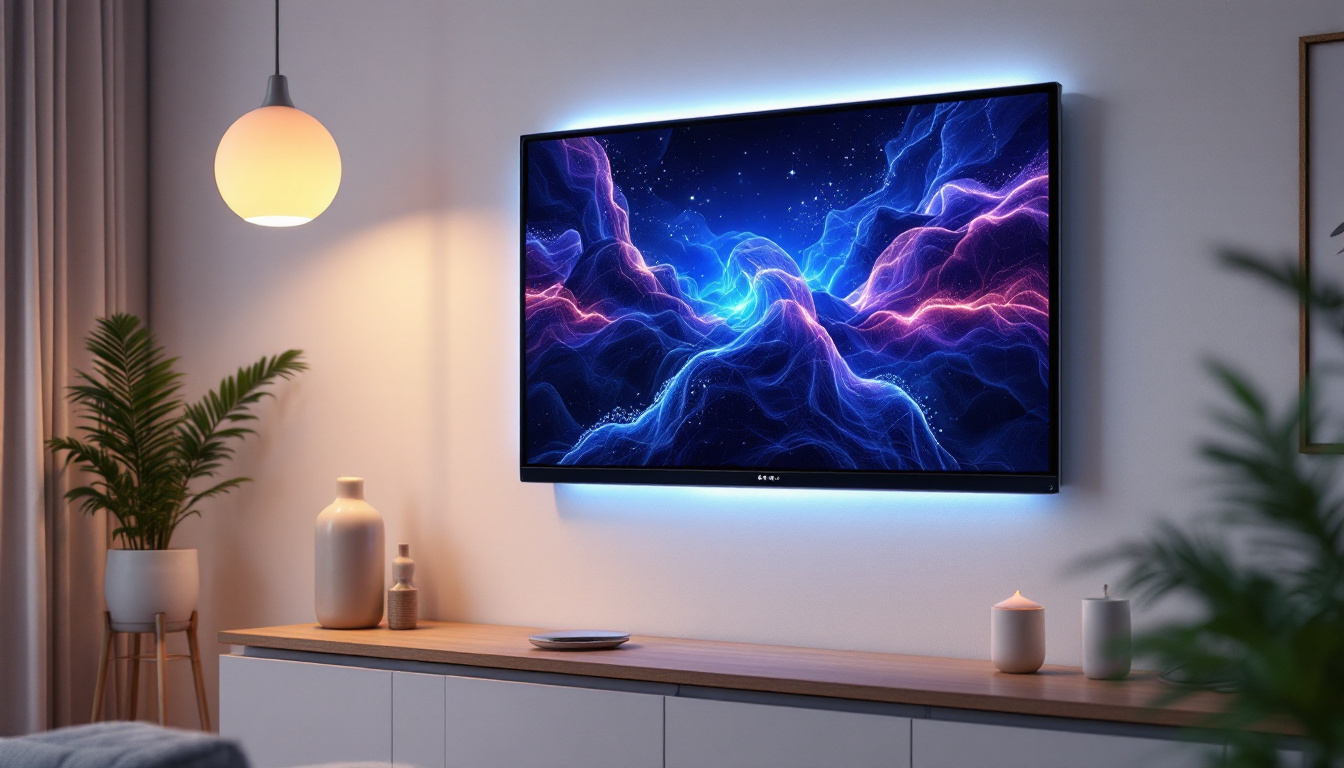In the realm of modern technology, monitors play a pivotal role in how users interact with computers and other devices. Among the various types of displays available today, LED (Light Emitting Diode) technology has emerged as a popular choice for both personal and professional use. This article delves into the intricacies of LED displays, exploring their functionality, advantages, and the different types available in the market.
Understanding LED Technology
What is LED?
LED stands for Light Emitting Diode, a semiconductor device that emits light when an electric current passes through it. Unlike traditional cathode ray tube (CRT) monitors, which rely on phosphors and a vacuum tube, LED displays utilize a grid of tiny diodes to produce images. This technology allows for brighter screens, improved energy efficiency, and a thinner profile.
LEDs can be used in various configurations, including backlighting for LCD screens or as standalone displays. The versatility of LED technology has led to its widespread adoption across different types of monitors, from televisions to computer screens.
How LED Displays Work
At the core of an LED display is the arrangement of diodes that create light. In a typical LED monitor, there are two primary configurations: edge-lit and full-array. Edge-lit displays have LEDs positioned along the edges of the screen, while full-array displays feature a grid of LEDs behind the screen, allowing for more uniform brightness and better contrast.
The light emitted by the LEDs is modulated to create the various colors seen on the screen. This is achieved through a combination of red, green, and blue (RGB) diodes. By adjusting the intensity of these colors, a wide spectrum of hues can be produced, resulting in vibrant and lifelike images.
Advantages of LED Displays
Energy Efficiency
One of the most significant benefits of LED technology is its energy efficiency. LED monitors consume less power compared to their LCD and CRT counterparts, making them an environmentally friendly choice. This efficiency not only reduces electricity bills but also contributes to a lower carbon footprint.
In addition to lower energy consumption, LED displays often have longer lifespans. While traditional monitors may require replacement after a few years, LED technology can last significantly longer, reducing waste and the need for frequent upgrades.
Superior Image Quality
LED displays are renowned for their exceptional image quality. With higher brightness levels, deeper blacks, and a broader color gamut, these monitors provide a more immersive viewing experience. The contrast ratio, which measures the difference between the darkest and lightest parts of an image, is also improved in LED displays, resulting in sharper and more detailed visuals.
Furthermore, many LED monitors come equipped with advanced technologies such as HDR (High Dynamic Range), which enhances the contrast and color accuracy, making images appear more realistic. This feature is particularly beneficial for gamers and graphic designers who require precise color representation.
Thin and Lightweight Design
Another advantage of LED displays is their sleek and lightweight design. The absence of bulky components allows for thinner monitors, making them ideal for modern workspaces where space is at a premium. This design flexibility also enables manufacturers to create innovative shapes and sizes, catering to various user preferences.
Additionally, the lightweight nature of LED monitors makes them easy to transport, which is particularly advantageous for professionals who travel frequently or for those who attend trade shows and exhibitions.
Types of LED Displays
Edge-Lit LED Monitors
Edge-lit LED monitors are characterized by their slim profile and energy efficiency. In this configuration, LEDs are placed along the edges of the screen, and light is spread across the display using a light guide panel. While edge-lit monitors are typically more affordable, they may not offer the same level of uniform brightness and contrast as full-array models.
These monitors are suitable for general use, such as office work and casual gaming. However, for users who prioritize image quality, edge-lit displays may fall short in delivering the depth and richness found in full-array options.
Full-Array LED Monitors
Full-array LED monitors feature a grid of LEDs behind the entire screen, providing better control over local dimming. This technology allows certain areas of the screen to dim while others remain bright, resulting in improved contrast and black levels. Full-array monitors are often preferred for professional applications, such as video editing and graphic design, where color accuracy is paramount.
While these monitors are generally more expensive than their edge-lit counterparts, the enhanced image quality and performance make them a worthwhile investment for serious users.
OLED vs. LED
While discussing LED technology, it is essential to mention OLED (Organic Light Emitting Diode) displays. Unlike traditional LED monitors, which use a backlight, OLED displays consist of individual diodes that emit their own light. This allows for true blacks, as individual pixels can be turned off completely.
OLED technology offers superior color accuracy and contrast ratios, making it a popular choice for high-end applications. However, OLED monitors can be more expensive and may suffer from issues like burn-in, where static images can leave a permanent mark on the screen. Users must weigh the pros and cons of each technology based on their specific needs and budget.
Choosing the Right LED Monitor
Screen Size and Resolution
When selecting an LED monitor, screen size and resolution are critical factors to consider. Larger screens provide a more immersive experience, especially for gaming and multimedia consumption. However, the ideal size depends on the user’s workspace and viewing distance.
Resolution also plays a significant role in image quality. Common resolutions include Full HD (1920×1080), Quad HD (2560×1440), and 4K Ultra HD (3840×2160). Higher resolutions offer more detail and clarity, making them suitable for tasks that require precision, such as graphic design or video editing.
Refresh Rate and Response Time
For gamers, refresh rate and response time are crucial specifications. The refresh rate, measured in hertz (Hz), indicates how many times the screen refreshes per second. A higher refresh rate, such as 144Hz or 240Hz, results in smoother motion and reduced motion blur, enhancing the gaming experience.
Response time refers to how quickly a pixel can change from one color to another, usually measured in milliseconds (ms). Lower response times are essential for fast-paced gaming, as they reduce ghosting and blurring during action sequences. When choosing a monitor for gaming, prioritizing both refresh rate and response time can significantly impact performance.
Connectivity Options
Another important consideration when selecting an LED monitor is connectivity. Modern monitors typically come with various ports, including HDMI, DisplayPort, USB-C, and VGA. Ensuring compatibility with existing devices is essential for a seamless experience.
Additionally, features such as built-in speakers, USB hubs, and adjustable stands can enhance usability and convenience. Users should evaluate their specific needs and preferences when assessing connectivity options.
Maintenance and Care for LED Monitors
Cleaning and Maintenance
Proper maintenance is crucial for prolonging the lifespan of an LED monitor. Regular cleaning helps prevent dust buildup and ensures optimal performance. To clean the screen, use a microfiber cloth and a gentle cleaning solution specifically designed for electronics. Avoid using harsh chemicals or abrasive materials, as these can damage the screen.
In addition to cleaning the screen, users should also ensure that the monitor is well-ventilated. Overheating can affect performance and shorten the lifespan of the device. Keeping the monitor in a cool, dry environment and avoiding direct sunlight can help maintain its functionality.
Calibration for Optimal Performance
For professionals who rely on accurate color representation, calibrating the monitor is essential. Calibration tools and software are available to adjust color settings, brightness, and contrast to achieve the desired results. Regular calibration ensures that the monitor displays colors accurately, which is particularly important for graphic design, photography, and video editing.
Many monitors also come with preset modes for different activities, such as gaming, reading, or watching movies. Users can experiment with these settings to find the optimal configuration for their specific needs.
Future Trends in LED Display Technology
Advancements in Display Technology
The world of LED displays is continuously evolving, with advancements in technology leading to improved performance and new features. One notable trend is the development of mini-LED and micro-LED displays, which offer enhanced brightness, contrast, and color accuracy by utilizing smaller diodes.
These technologies promise to deliver even better image quality and energy efficiency, making them an exciting prospect for future monitors. As manufacturers invest in research and development, consumers can expect to see more innovative products entering the market.
Integration with Smart Technology
Smart technology integration is another trend shaping the future of LED displays. Many modern monitors now come equipped with smart features, such as built-in streaming services, voice control, and connectivity with smart home devices. This integration enhances the user experience, allowing for seamless access to content and applications.
As smart technology continues to gain traction, the line between traditional monitors and smart displays will blur, offering users a more versatile and connected experience.
Conclusion
LED displays have revolutionized the way users interact with technology, providing superior image quality, energy efficiency, and sleek designs. Understanding the various types of LED monitors, their advantages, and how to choose the right one can significantly enhance the user experience.
As technology continues to advance, LED displays will remain at the forefront of innovation, offering exciting possibilities for both personal and professional use. Whether for gaming, graphic design, or everyday tasks, the right LED monitor can make a world of difference in achieving optimal performance and enjoyment.
Discover LumenMatrix’s Innovative LED Solutions
Ready to experience the pinnacle of LED display technology? LumenMatrix is at the forefront of innovation, offering a wide array of LED solutions tailored to your needs. From Indoor and Outdoor LED Wall Displays to specialized options like Vehicle LED Displays, LED Sports Displays, and even Custom LED solutions, we have everything to transform your visual communication. Elevate your brand visibility and captivate your audience with our cutting-edge displays. Check out LumenMatrix LED Display Solutions today and see the difference for yourself!


